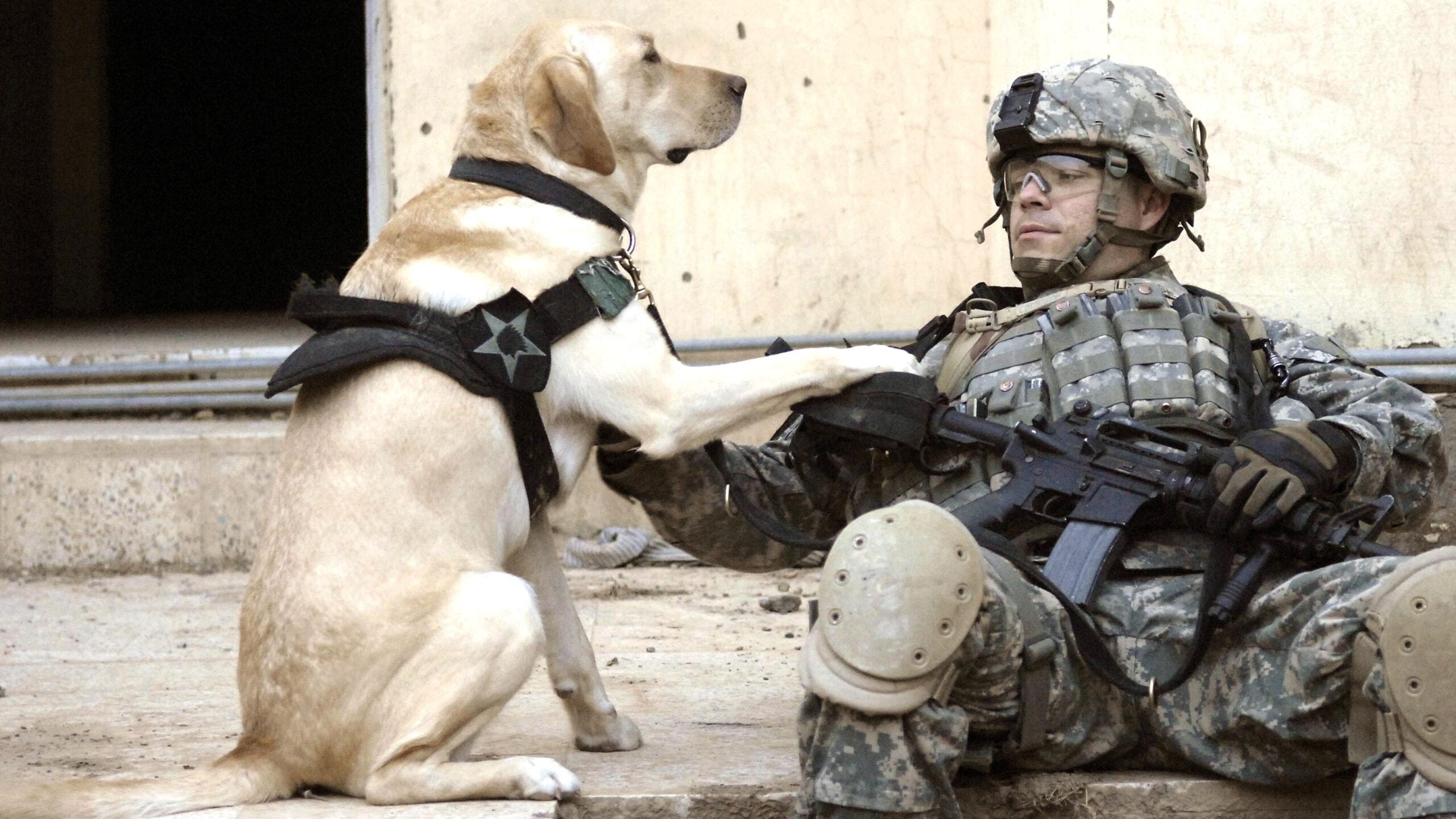As long as humans have gone to war, history records that animals have gone with them. The Pharoah Ramses II kept a lion as a pet, which joined him in battle against the Hittites. Hannibal’s army of Carthaginians famously crossed the Alps with elephants to attack Rome along a thoroughly unexpected axis. Horses have pulled wagons, carried ammunition, and served not merely as steeds, but as beloved comrades in mounted cavalry. But not all the animals that have accompanied warfighters have served a military purpose — at least not entirely. Dogs, for example, have served not only as protectors as long as they have existed, but also as pets and mascots.
On this Veterans Day, many vets will remember their brothers and sisters in arms and sing the old songs and tell the old tales, and many of those tales will also involve, well, tails — the stories of those animal friends who deployed with them or joined unexpectedly, by happenstance — the four-legged animals sent to war or displaced by war and adopted by the men and women in uniform who found them.
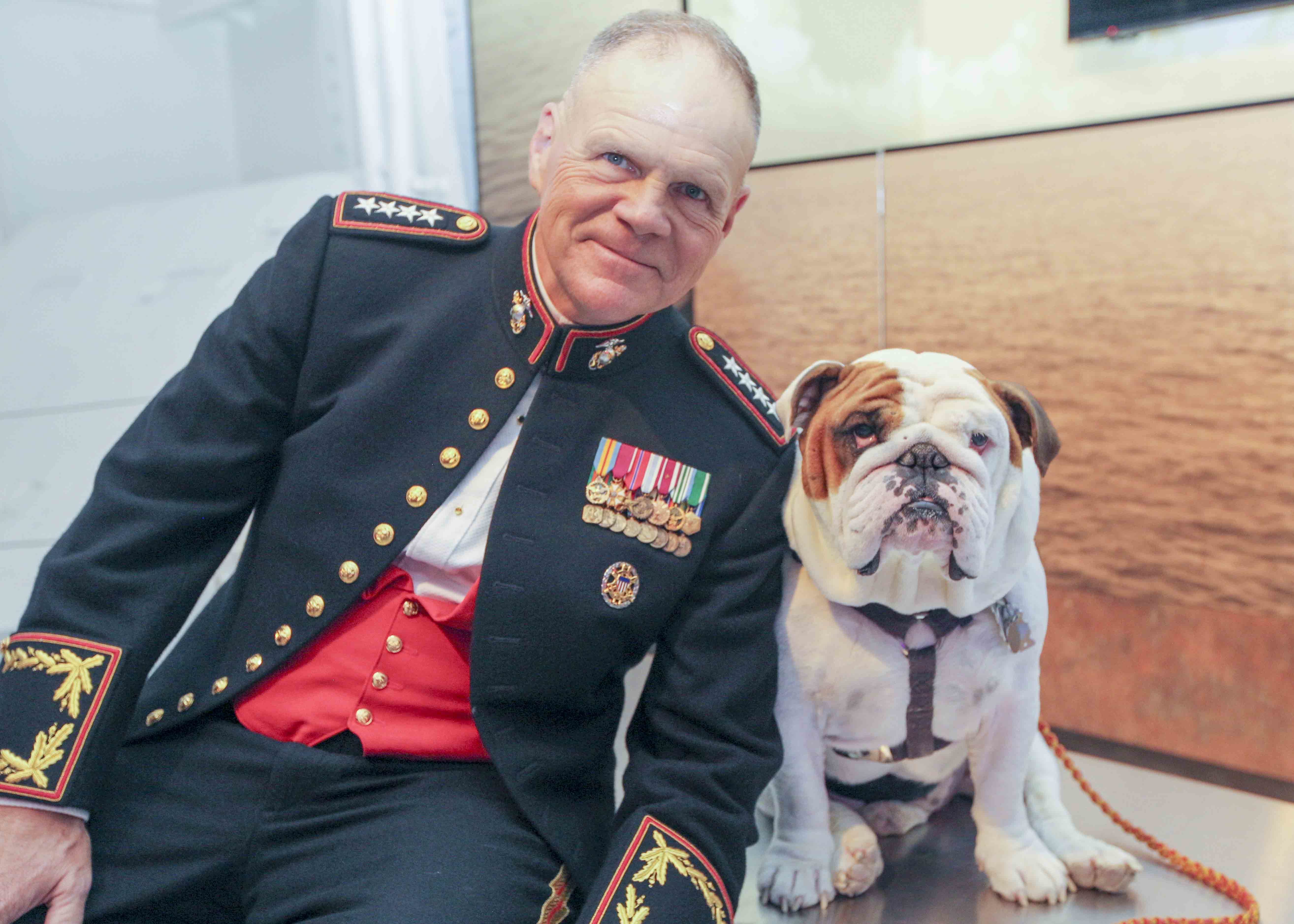
A 1996 article in the National Archives newsletter, Prologue, tells the story of quite a few who spent their time with U.S. troops in World War II.
Consider Butch, shown here on Iwo Jima in February 1945, watching over a sleeping Private First Class (Pfc) Rez P. Hester of the 7th War Dog Platoon, 25th Regiment.
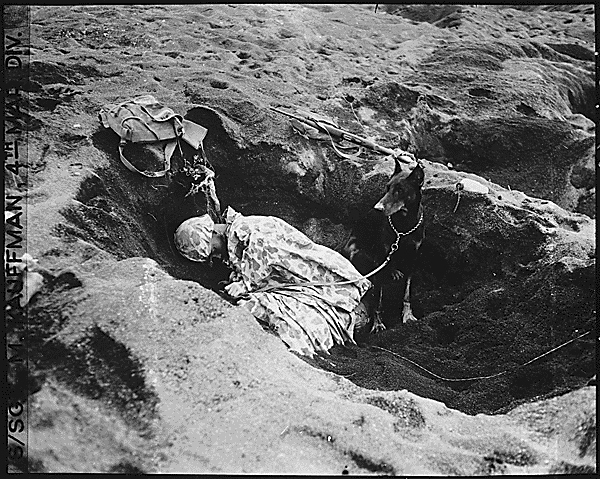
Butch was an official part of Pfc. Hester’s unit. The kitten in the next image, on the other hand, was found by the Marine in the photo, Corporal Edward Burckhardt, at the foot of Iwo Jima’s Mount Suribachi, also in February 1945. Given the brutality of the months-long fight to take that island — casualty estimates say as many as 27,000 American troops were killed or wounded in the battle — it’s likely there were few smiles anywhere on the island. But this kitten provided at least one Marine a brief respite from the war.
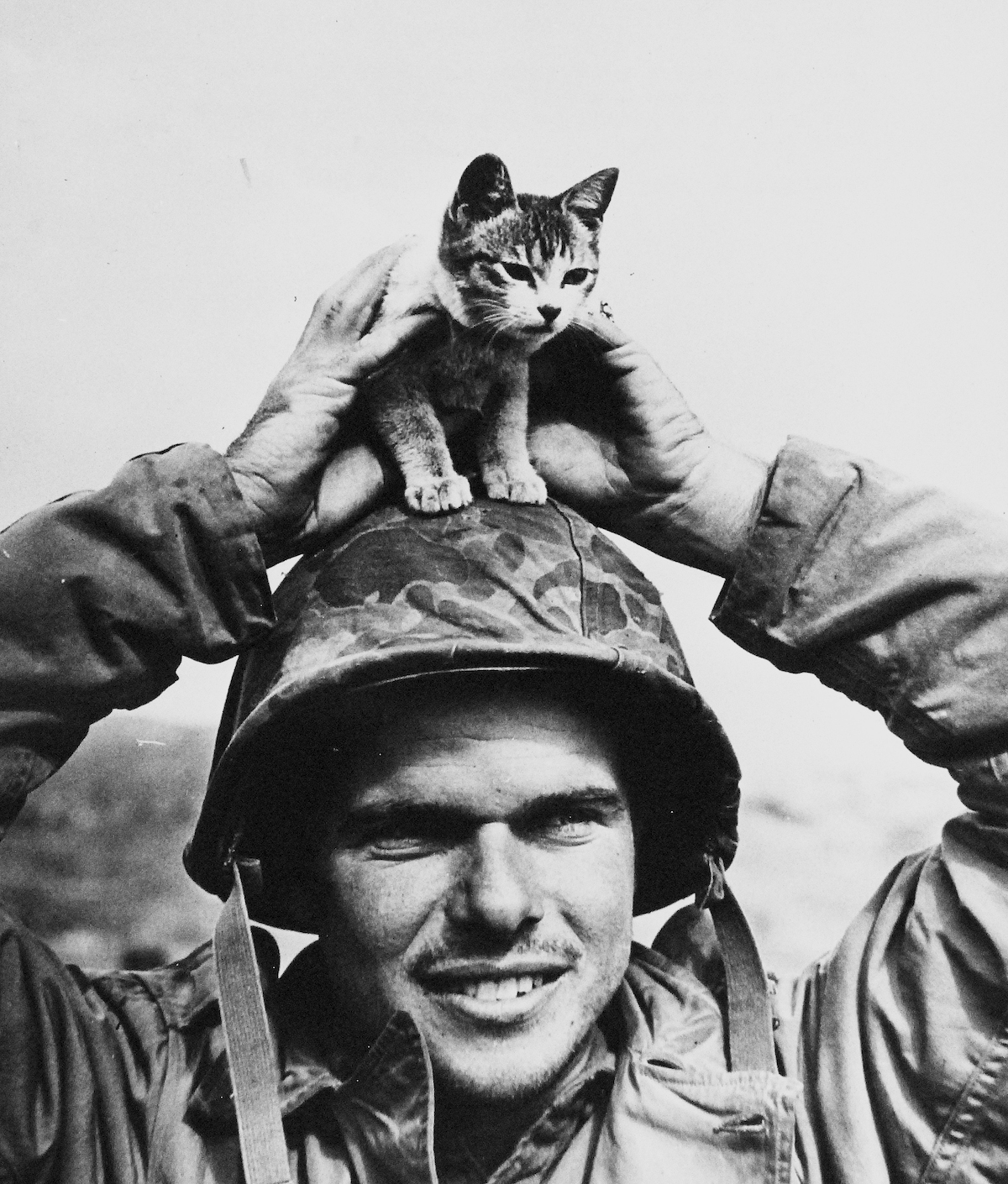
Sometimes dogs were more than pets — they were comrades-in-arms. Consider Nemo, a German shepherd who served in the U.S. Air Force in Vietnam. On Dec. 5, 1966, Nemo and his handler, Airman 1st Class Robert A. Throneburg, were patrolling Tan Son Nhut Airbase near Saigon, in South Vietnam. Nemo discovered two Viet Cong infiltrators, and a gunfight between the VC and Air Force personnel ensued. Throneburg was wounded in the shoulder and throat, and Nemo received a bullet graze to the snout as well as a shot that cost him an eye.
According to dogtime.com:
After Throneburg fell unconscious, Nemo crawled on top of the [airman’s] body to protect him from harm. The dog didn’t let anyone touch his fallen handler; it took a veterinarian to remove Nemo (Nemo and Throneburg later recovered from their wounds). Nemo was later given a permanent retirement kennel.
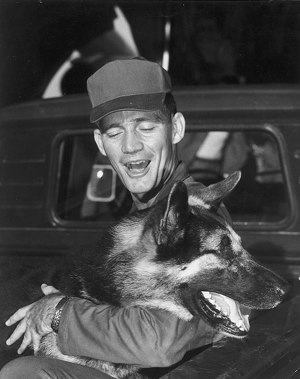
Cats have never had any official status in the military (despite military satire website Duffel Blog’s best efforts).
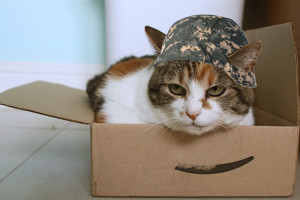
But not only strays have accompanied the troops into war zones. Navy ships, in particular, seem to have adopted cats, perhaps because they were especially useful in controlling shipboard rodent populations. This (admittedly a little silly) video tells the story of how cats first went down to the sea.

In the U.S. Navy, goats have been popular as well. In the days of sailing ships, goats could be a good source of fresh milk, particularly for the officers’ coffee, at least if Patrick O’Brian is to be believed. In this photo, the crew of the USS Maine (BB-10 — not the one that blew up in Havana, but the one named and built for her in 1899) entertain the ship’s goat sometime between 1902 and 1905.
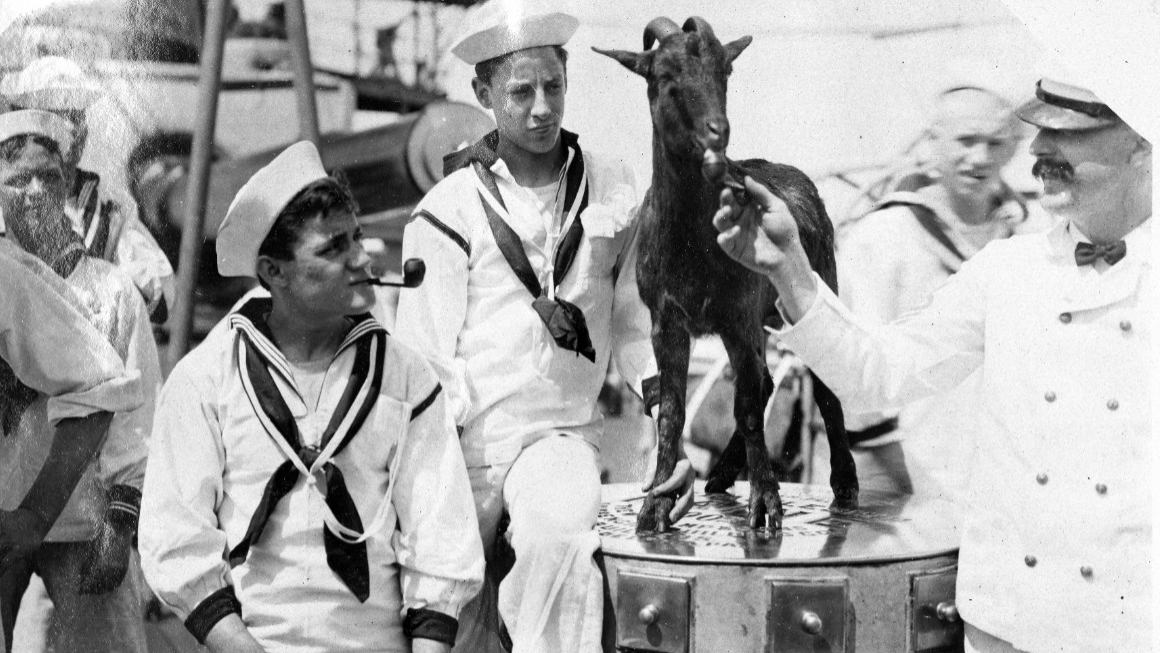
Taking mascots to a combat zone or adopting stray animals found on deployment is not just a historical habit. Consider, for example, this kitten, stashed in a U.S. soldier’s pocket during an exercise in the Philippines in 2012.

More recently, one U.S. service member has actually enlisted the assistance of the nonprofit Guardians of Rescue to retrieve and provide veterinary for care “Sergeant Whiskers,” who approached the service member, known only as Sgt. Kelsey, and eventually led the human to her two kittens. Sergeant Whiskers was malnourished and injured, and Sgt. Kelsey and her comrades swiftly adopted the felines.
And then there’s the famous story of Conan, the working dog who helped take down infamous ISIS leader Abu Bakr al-Baghdadi and earned a ceremony at the White House to celebrate the victory. Working dogs and their handlers grow so close, often the handler will adopt his furry partner when one or the other is ready to leave active service.
Those who have experienced the sacrifice, deprivations, and triumphs of military service say they form bonds with each other that are difficult to explain and even harder to replicate in civilian life. For many, the bonds with the animals they encountered during their service are similarly strong. No doubt, there are countless stories from across the battlefields and deployments of U.S. service members throughout history. We hope you’ll share your story in the comments below.
We wish you a safe and pleasant Veterans Day and the best memories of your time in service to the nation and each other.
Contact the author: Brian@TheDrive.com
